Photo above by Ideophagous/Wikimedia Commons
On Sept. 13, Mahsa Amini, a 22-year-old Iranian woman, was taken into custody by the “morality police” in Tehran for wearing improper hijab. Later that week, she would be pronounced dead at Kasra Hospital. Amini’s family alleges that she was beaten unconscious by officers while in police custody and eventually died of her injuries. However, a coroner’s report conducted by the Iranian Legal Medical Organization and released to Tasmin News on Friday, Oct. 7, claims that her death was due to “underlying disease,” and related to an operation she allegedly received as a child for a brain tumor.
Amini’s death has ignited protests in both the streets of Tehran and throughout the rest of Iran. Iran International — a pro-democracy broadcasting outlet based in the U.K. — has been publishing information on the circumstances surrounding Amini’s death over the past few weeks. A source from Kasra Hospital informed Iran International that Amini’s brain tissue was severely damaged from multiple blows to the head, to the extent that the hospital could not undertake any procedures to save her. Photos of Amini in the hospital show bleeding from the ears, a potential indication of severe head trauma.
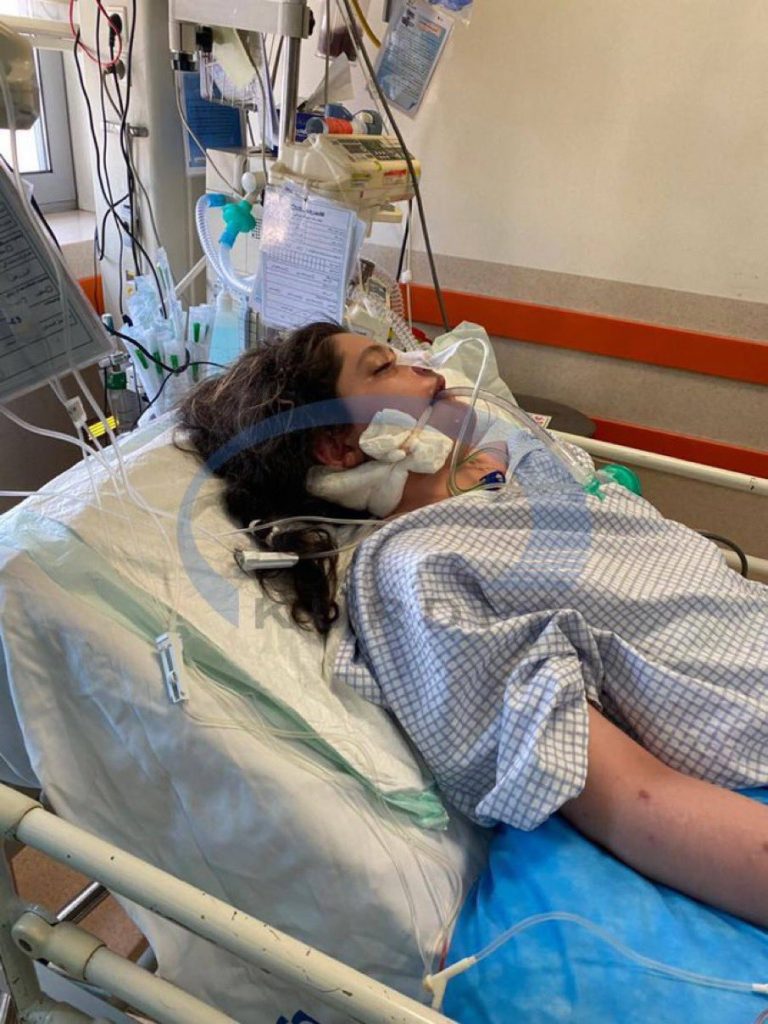
Dr. Hossein Karampour, an Iranian doctor and leader of the Medical Council of Iran’s Bandar Abbas branch, wrote a letter to the head of the organization pointing out that Amini’s symptoms were not consistent with heart attack or stroke. He urged officials to acknowledge that Amini’s symptoms were more consistent with head trauma. Multiple doctors on social media and elsewhere have voiced their agreement with Dr. Karampour.
Eyewitnesses to the attack claim that Amini was beaten in a police van as she was transported to a detention center. Mahsa’s father, Amjad Amini, said in an interview with BBC Persia that other girls who were detained with Mahsa also say she was beaten.
News sources affiliated with the Iranian government deny these claims completely, attributing her death to a heart attack. These outlets point to video evidence of Amini falling after getting up from her seat in the detention center, and claim that morality police “do not have the tools to beat detainees” to this extent. However, photos and medical reports leaked by Iranian International led people to believe otherwise.
Protesters called on Iranian President Ebrahim Raisi to investigate the cause of death and reform the Iranian police force. The Iranian government’s coroner’s report on Amini’s death supports previous statements from officials, stating that she died of “underlying disease.” In a phone call to Amini’s parents, President Raisi expressed his condolences. “Your daughter is like my own daughter, and I feel that this incident happened to one of my loved ones,” he said.
This incident has led to the largest mass demonstrations in Iran since 2019, when people protested the raising of gas prices. Many Iranian women have taken to the streets to protest the “morality police,” the government and the hijab. Protests have become increasingly violent — police stations and cars have been set on fire and Human Rights Watch has been able to confirm the names of 47 people who have died, though the real number is likely much higher.
President Raisi’s government has responded by blocking internet access, making it more difficult for protesters to coordinate. This has also made it almost impossible for news media to get an accurate picture of the situation on the ground.
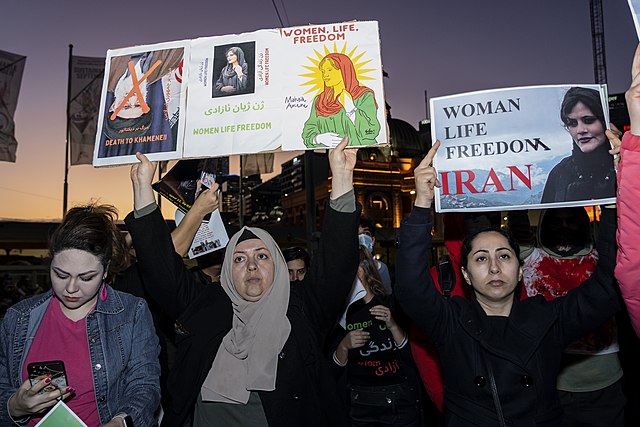
In response to the unrest in Iran, activists have mobilized internationally. Allies have gathered in front of Iranian embassies in dozens of countries, from Germany to Chile. Many of these protesters are advocating for the women’s right to choose whether or not to wear the hijab. Others are protesting bans on hijabs in other countries like France and India as a violation of a woman’s right to choose.
Protests have even spread to Stony Brook University. On Sept. 26, Iranian international students and Iranian American students stood outside the Student Union to spread awareness about the movement and the protests in Iran.
“Unrest has always existed in Iran since before the revolution,” said Niki Nassiri, a recent Stony Brook alum and Iranian-American dual citizen. Despite this history, Nassiri also pointed out the shock they and others felt when they learned about Amini’s death.
“Something like this, where a normal person dies, is just the tipping point. That could’ve been anyone.”
Nassiri said they fear for the lives of family members participating in protests back in Iran, which tend to end in violence. Getting involved means putting more than yourself at risk. But regardless of the danger, many people feel it is their only way to ensure change in the society, economy and infrastructure of Iran. The protesters at Stony Brook echoed this sentiment, saying that people can use Amini’s name as a symbol for a wider movement. Some Iranians want social change, and more internet access has allowed them to organize. Others want their government to change into something closer to democracy.
Much of Amini’s story has been framed around a woman’s right to choose, yet the standards of our American culture cannot be fairly equated to those of a foreign country and culture. Iranian culture promotes a higher standard of modesty, and to assume that all women in the Middle East are subjugated against their will is highly ethnocentric and reflects Western views on women and Islam.
Modesty was initially a centerpoint in Iranian culture. In 1909, American and British forces imperialized this culture and changed the course of history for Iranian people. This was the year the Anglo-Persian Oil Company (APOC) was established to exploit the Persian Gulf oil field.
The majority of the profits from the APOC went to Britain, which left Iran making less money from their own natural resources. When the new prime minister, nationalist Muhammad Mussadeq, was elected in 1951, he attempted to nationalize the oil industry to improve the Iranian economy. American and British officials put sanctions on Iranian oil in response, and the economic situation in Iran only worsened.
To maintain control, the Americans and the British staged a coup and replaced Mussadeq with an Iranian monarch, Mohammad Reza Pahlavi. Pahlavi only served the interests of America and Britain, and replaced the native Iranian culture with a Western culture that lowered the standard of modesty. When people in the West glorify this era of “modernization” in Iran with loosened religious standards, they are neglecting the history of Iran and its people. The “modernization” of Iran is in no small part a reflection of cultural imperialism forced onto the Iranian people by the United States and Britain.
When Iranians took control back from foreign powers, they tried reintroducing their culture and religious environment to the people. Though many Iranians saw the reintroduction of modesty as a cultural victory for their people, a number of Iranians were also used to an American lifestyle — Shah Pahlavi ruled for 26 years, meaning some adult Iranians only knew a Westernized culture. This complicated history is why there has been consistent conflict between Iranians over the issues of wearing the hijab and modesty.
To promote a culture of modesty, Iran introduced laws for women to wear hijabs and loose clothing, and for men to wear long pants. According to the BBC, these laws were not initially heavily enforced, and some subversions were acceptable. However, in 2005, a “morality police” was established under former Iranian President Mahmoud Ahmadinejad to better enforce these laws. The “morality police” was given the power to take people into custody if they were found without a proper hijab and either give them a warning or issue a fine for indecent exposure.
The BBC reports the Islamic Religious Police, as it is officially called, would release women only when a relative insisted on their behalf that they would follow the rules. Women have been detained for offenses as small as wearing lipstick or boots deemed “too erotic.” President Raisi introduced surveillance cameras, counseling for women on how to properly wear a hijab and a prison sentence for those posting content online against the hijab-wearing rules. Police have been known to use excessive force when handling these violations, as alleged in the case of Mahsa Amini.
Despite this crackdown on women’s modesty and their need to follow strict guidelines, instances of men being taken into detention centers are few and far between. Iran wants to promote a culture of modesty and enforce this through punishment, but does not enforce these rulings nearly as much for men. Expectations of modesty should not fall exclusively on women, and this abuse should not be exclusive to them.
The main issue in Iran is the abuse of authority, not one of wearing the hijab or Islam. Police brutality is an issue in American culture, as well as in other cultures and countries around the world. This cannot be condoned by anyone under any circumstance. In Iran, the police have overstepped their duty to promote modesty, and the excessive use of force is inexcusable. Amini died in police custody and many more have died in clashes after that incident. At best, we can hope that these deaths are not in vain and act as a catalyst for change in policing practices.
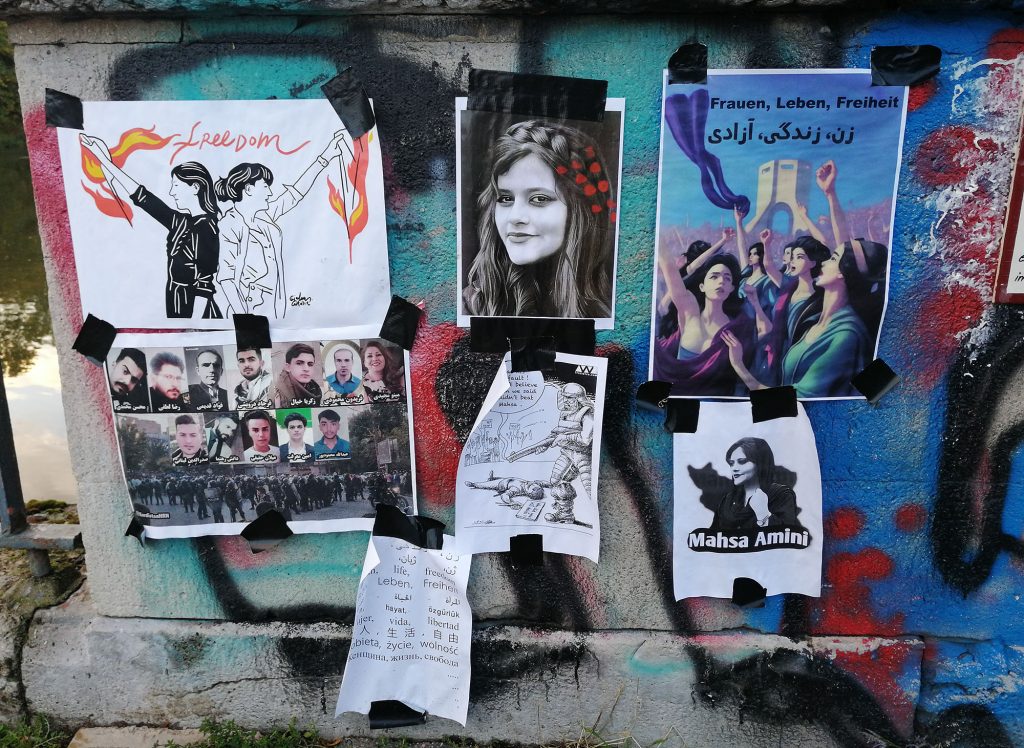

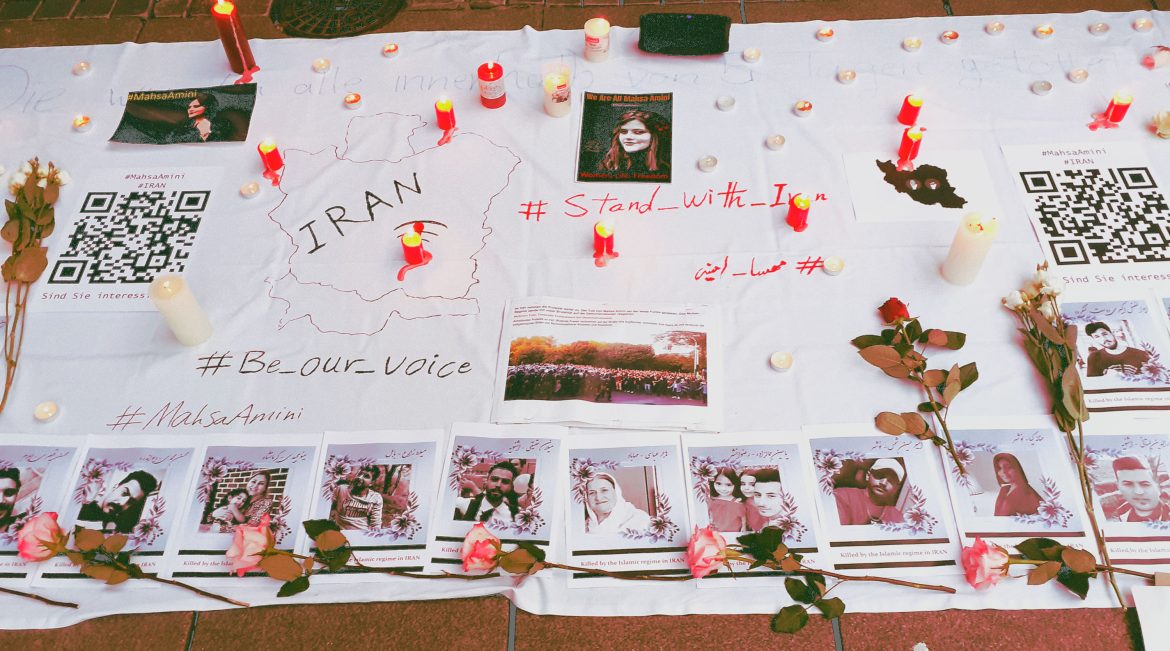
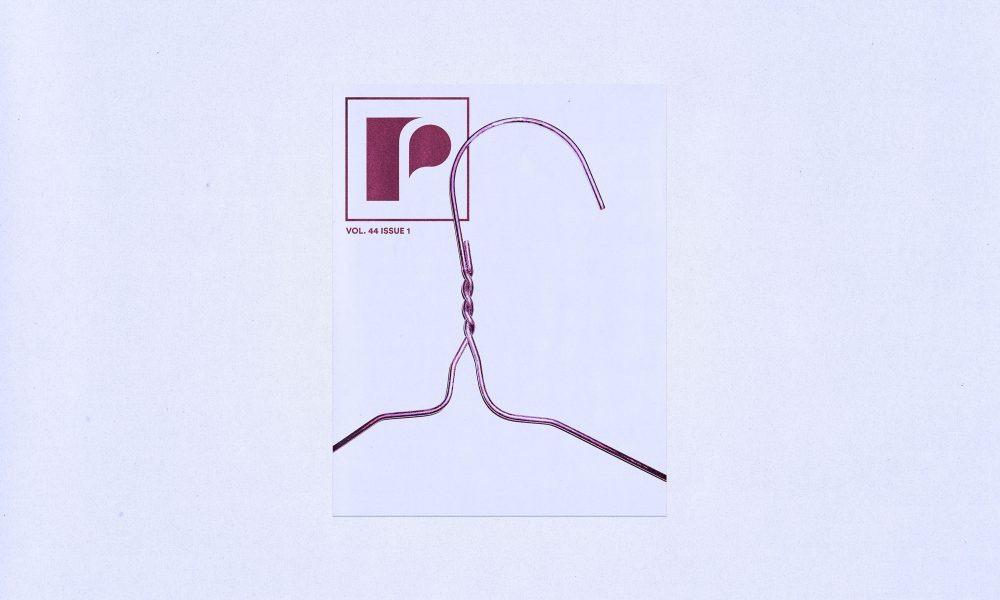
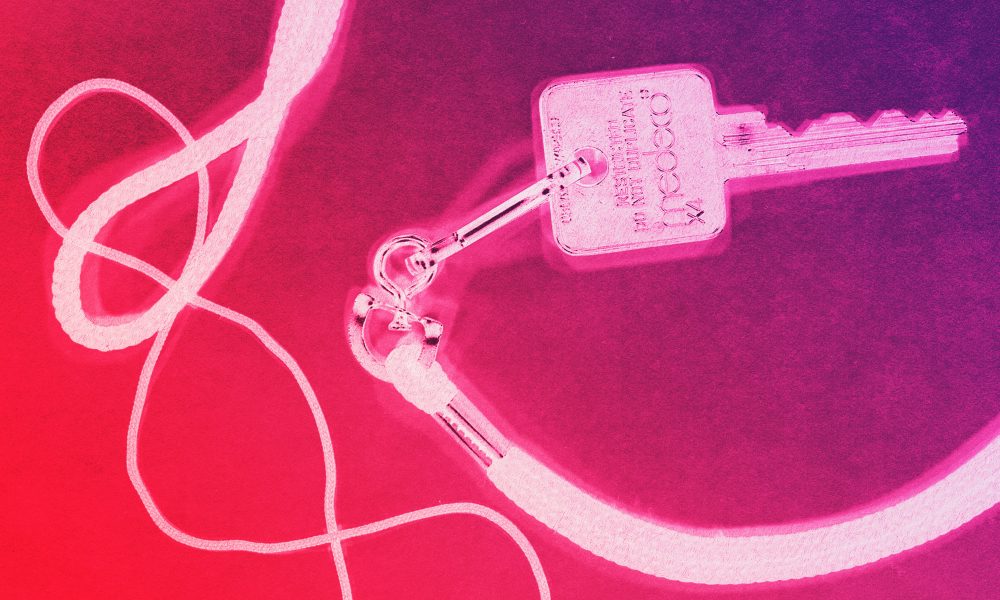
Comments are closed.